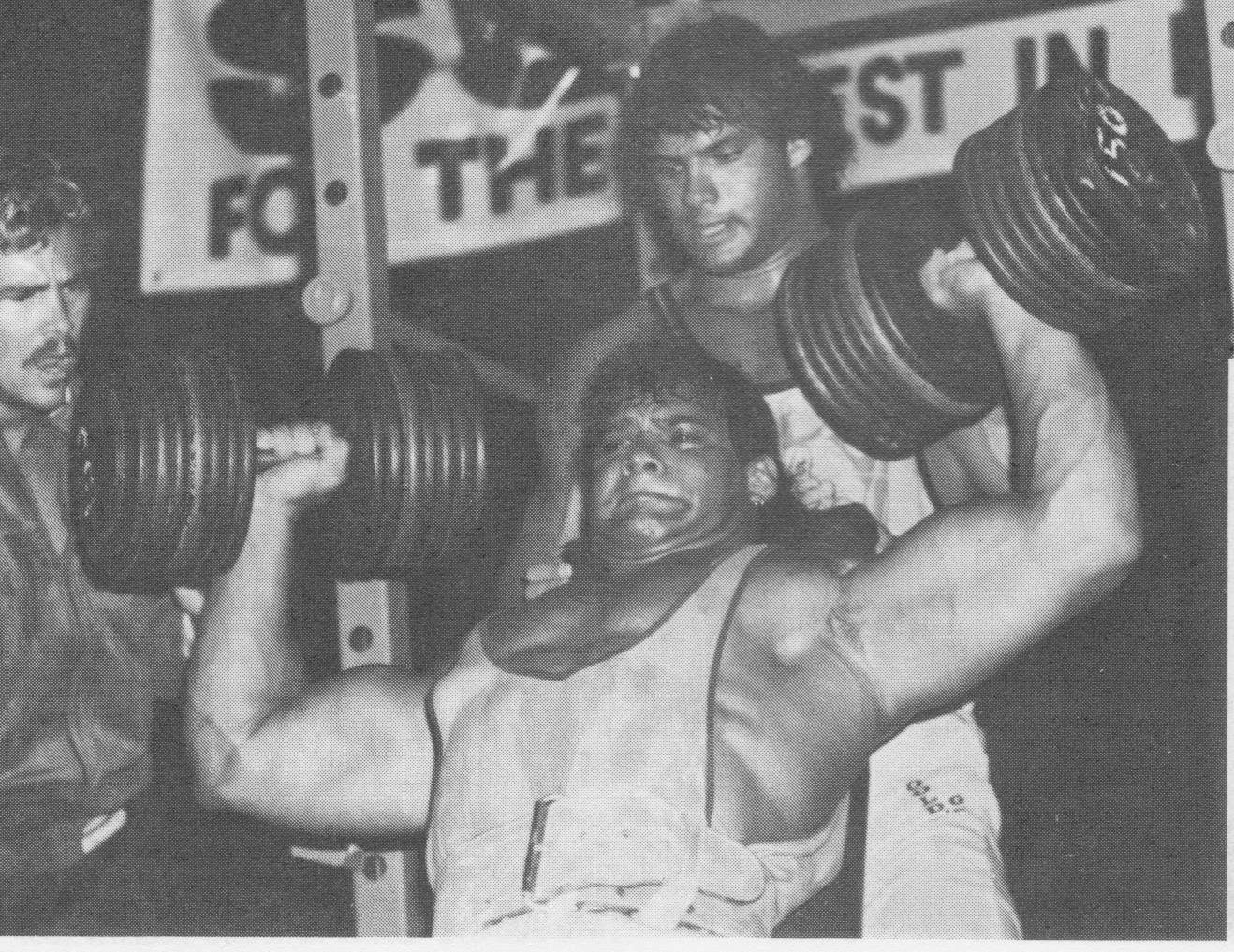
You have just squeezed out ten reps on the cable fly, the tenth rep was a struggle and you do not believe you will be able to perform another rep with the full range of motion, so the likelihood is you will now finish the set. This is the common way in which a set is performed, then allowing the muscle to rest for a couple of minutes ready for the next set. If this is the last set of the exercise, and you believe you could squeeze out a few half or quarter reps out, should you? After all, is the whole purpose of training not to overload the muscle with an ever increasing workload?
Partial reps is a training principal in which a repetition is performed with a less than full range of motion. Partial reps are sometimes performed in an attempt to target or stress a muscle in a particular way, by performing all the repetitions within the set in a partial manner. Partial reps are also used at the end of a set of full range of motion reps to push out a few extra half reps to increase the workload. The latter is executed in this manner due to the muscle being unable to perform any more full reps due to fatigue.
Performing partials at the end of a set can increase the intensity of the workout greatly, providing greater overload to the target muscle. Partials can result in an increased pump to the target muscle, a process which results in greater cell hydration and has been shown to lead to enhanced protein synthesis. Partial reps are best performed with isolation exercises which are particularly safe to fail on, such as the triceps push down, cable curl, dumbbell raises, leg extensions, leg curls and pull ups.
Partial reps are best executed at the end of a set, or even on the last set of your last exercise, due to the heightened intensity. As with other high intensity training methods, such as super sets and compound sets, partial reps should be limited to avoid possible over training. The form during partial reps should still remain as strict as possible, as slack form will just result in the stress being shifted away from the target muscle, decreasing effectiveness.